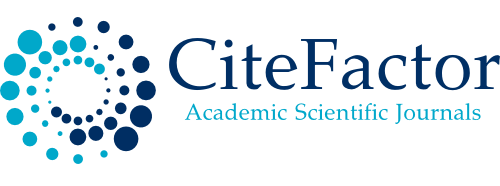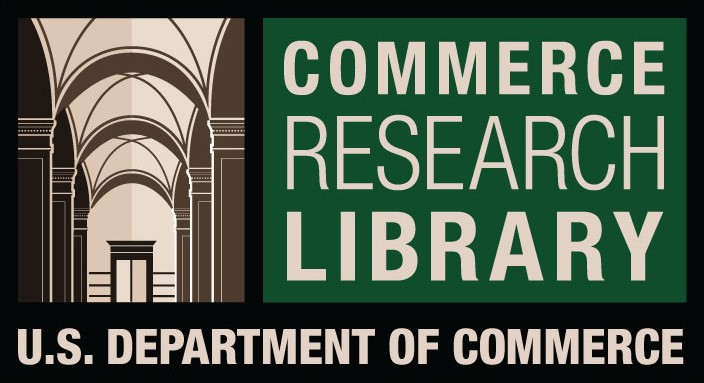Exploring the future model of organisations: The changing role of HR and organisational leaders
DOI:
https://doi.org/10.61841/qrj0g404Keywords:
Future organisations,, three worlds of work, Changing technology, Leadership, Human resource managementAbstract
Digital transformation in the business world has already been triggered the gaps in leadership capabilities and skills. Leaders need to manage this change which is washing over every organization. HR leaders will need to move ahead of traditional top-down change management and go for more agile and responsive mechanisms. Innovations in technology are proposing new challenges before the organizations in the form of new business models. Recent trends in technologies, the way data is analyzed and people are networking with each other globally is creating a significant impact on the style of communication and work management. As organizations continue to transform, the leadership roles will also continue to change and orientation of having leadership pipeline with potential successors for specific positions or roles can no longer sustain with the demands of uncertain, rapidly changing times. The biggest challenge before the leaders and HR professionals is the management of multigenerational and diversified workforce, leading to the advent of a more complex and varied category of roles, responsibilities and leadership styles. Altogether these changes are going to affect the talent management & development practices of business organizations. Here a billion-dollar question comes with this changing scenario that how the management of organizations will attract, retain and motivate their diversified people as a key asset? And how is the role of leaders and management of HR going to change as a result? This paper mulls over the expected series of scenarios for the management of multigenerational diversified people. The purpose is to provide a lens in the form of three ‘Business Model of Work’ through which organizations can examine how they might operate in the future and understanding the role of human resource managers and organisational leaders in this changing context.
Downloads
References
1. Brandenberg, D., The Advantages of an Integrated HR Technology Solution retrieved on 20 February 2020 from http://smallbusiness.chron.com/advantages-integrated-hr-technology-solution-20005.html
2. Bersin, J.(2013) , 7 Reasons HR Technology Is So Hot Today retrieved on 12 January 2020 from http://www.forbes.com/sites/joshbersin/2013/05/31/7-reasons-hr-technology-is-so-hot-today/
3. Bennis, W. & Nanus, B. (1985), 'Leaders: The Strategies for Taking Charge', Harper, and New York.
4. Das, A. (2018), “Evolving role of HR in Corporate India” retrieved on 5 April, 2020 from http://bwpeople.businessworld.in/article/Evolving-role-of-HR-in-Corporate-India/21-09-2018- 160538/
5. Grace,B. (1999), Ethical Leadership: In pursuit of the common good, Center for Ethical Leadership,
6. Sherman, F Reviewed by Michelle Seidel, (2019).How Does Technology Impact HR Practices? retrieved on 14 January 2020 from http://smallbusiness.chron.com/technology-impact-hr-practices- 37912.html
7. Scott, S. Importance of Technology in the Workplacehttp retrieved on 14 January 2020 from
//smallbusiness.chron.com/importance-technology-workplace-10607.html
8. Taj, Y.2011. Future of the global workplace in 2020 retrieved on 16 March 2015 from http://articles.economictimes.indiatimes.com/2011-05-24/news/29577834_1_workplace-workforce- organisations
9. Tayal,R. (2014),”The HR-tech union” retrieved on 8 April, 2016 from https://www.timesascent.com/hr-zone/The-HR-tech-union/152666
10. Workplace 2020: Key trends for the future of work retrieved on 30 March, 2020 from https://www.hcamag.com/ca/specialization/hr-technology/workplace-2020-key-trends-for-the-future- of-work/195995
11. www.pwc.com/en_GX/...work/.../future-of-rork-report-v16-web.pdf
12. www.mckinsey.com/mgi
Downloads
Published
Issue
Section
License

This work is licensed under a Creative Commons Attribution 4.0 International License.
You are free to:
- Share — copy and redistribute the material in any medium or format for any purpose, even commercially.
- Adapt — remix, transform, and build upon the material for any purpose, even commercially.
- The licensor cannot revoke these freedoms as long as you follow the license terms.
Under the following terms:
- Attribution — You must give appropriate credit , provide a link to the license, and indicate if changes were made . You may do so in any reasonable manner, but not in any way that suggests the licensor endorses you or your use.
- No additional restrictions — You may not apply legal terms or technological measures that legally restrict others from doing anything the license permits.
Notices:
You do not have to comply with the license for elements of the material in the public domain or where your use is permitted by an applicable exception or limitation .
No warranties are given. The license may not give you all of the permissions necessary for your intended use. For example, other rights such as publicity, privacy, or moral rights may limit how you use the material.









